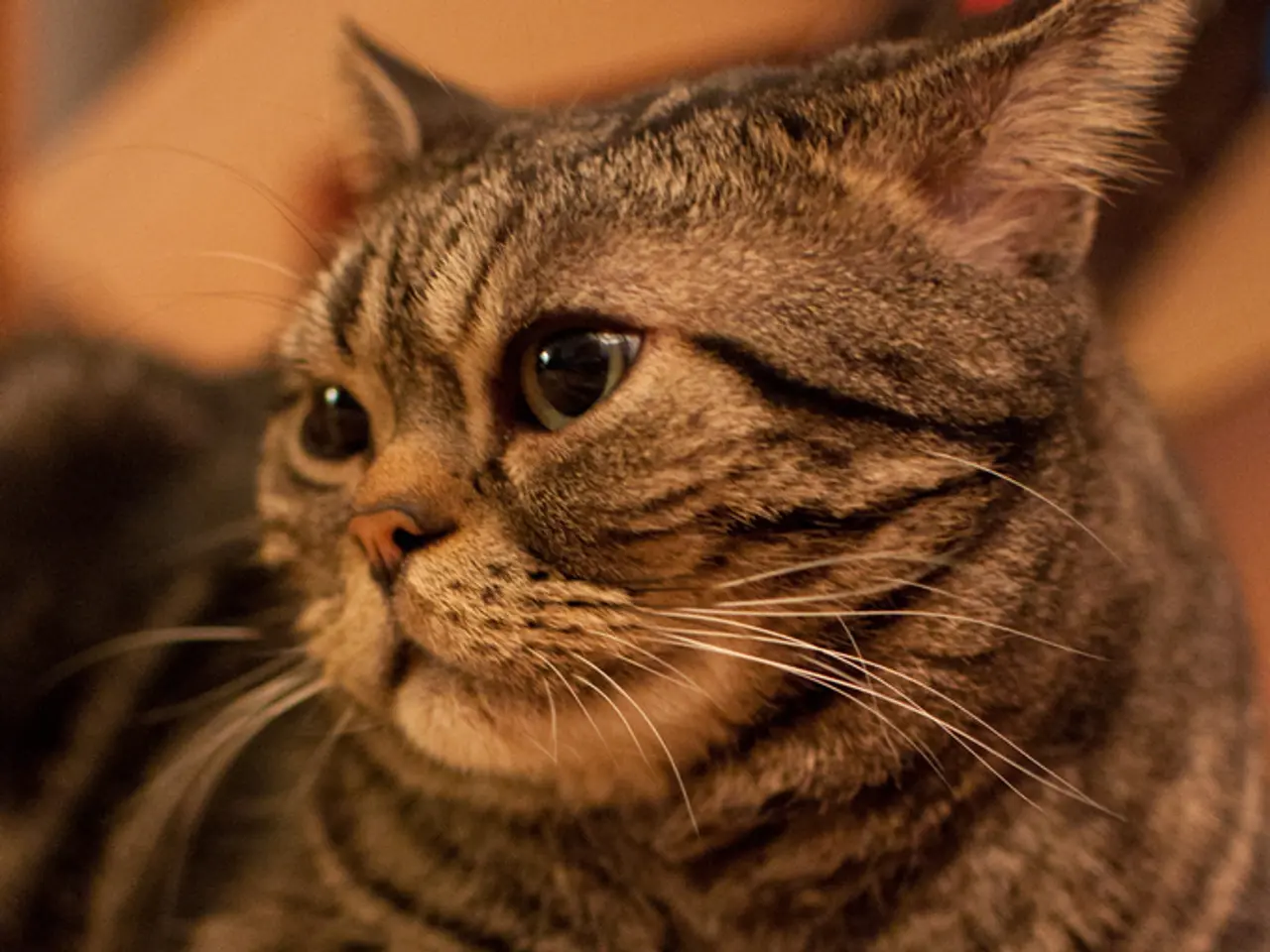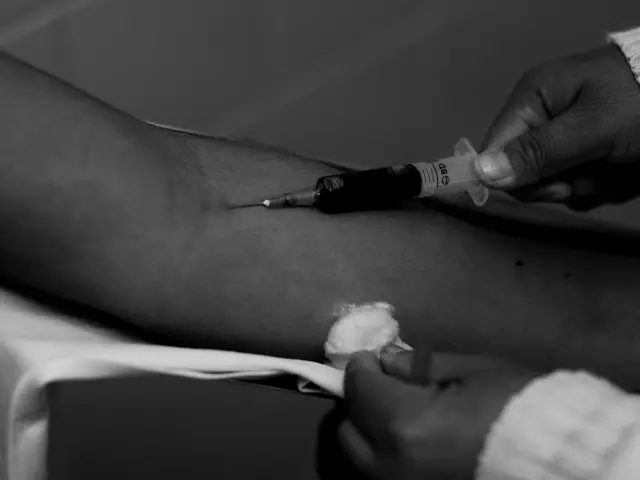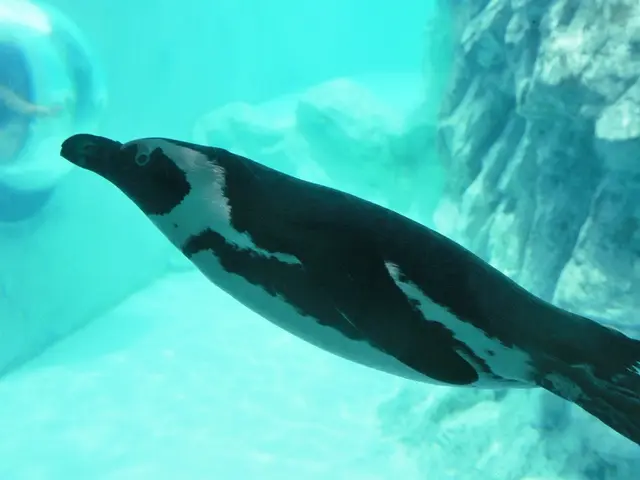Cats Experience Hormonal Cycles, Similar but Not Identical to Human Menstruation
In the animal kingdom, reproduction strategies vary greatly, and this is evident when comparing a cat's heat cycle (estrus) to a human's menstrual cycle.
Cats, being induced ovulators with a polyestrous cycle, go into heat multiple times a year, typically every 2-3 weeks during the breeding season, which spans from spring to early fall. Unlike humans, cats only ovulate when mating occurs. This means that when not in heat, cats show no sexual interest and cannot get pregnant [1][2][4][5].
When a cat is in heat, she may exhibit behavioural changes such as increased vocalization and affection. Contrastingly, humans do not have "heat" behaviours linked to fertility as seen in cats. Instead, humans have a roughly monthly menstrual cycle, with ovulation happening spontaneously once per cycle, independent of mating [1][5].
In warmer regions or with consistent light exposure, cats may experience heat cycles year-round. On the other hand, humans have a more regular cycle, with a predictable monthly hormonal and physical cycle that includes bleeding [1][5].
It's important to note that cats do not menstruate but have distinct estrus (heat) phases. This difference reflects evolutionary reproductive strategies: cats maximize reproductive opportunities during optimal seasons, while humans have continuous cycles irrespective of mating.
Spaying, a surgical procedure to remove a female cat's reproductive organs, can prevent unwanted pregnancies and behaviours associated with the heat cycle. Additionally, spaying provides proven health benefits for female cats, including a reduced risk of mammary cancer and uterine infections. Furthermore, spaying helps manage stray cat populations [3].
References:
[1] HowStuffWorks. "How Cats Work." 2008. https://animals.howstuffworks.com/cat-facts/basic-cat-facts/how-cats-work.htm
[2] The Spruce Pets. "When Do Cats Go into Heat for the First Time?" 2021. https://www.thesprucepets.com/when-do-cats-go-into-heat-for-the-first-time-1238006
[3] ASPCA. "Spaying and Neutering." 2021. https://www.aspca.org/pet-care/virtual-pet-behaviorist/cat-behavior/spaying-and-neutering
[4] PetMD. "Female Cat Heat Cycle." 2021. https://www.petmd.com/cat/behavior/understanding-female-cat-heat-cycle
[5] Cornell Feline Health Center. "Feline Reproductive System." 2021. https://www.vet.cornell.edu/departments-centers-and-institutes/cornell-feline-health-center/health-information/feline-health-topics/reproductive-system
(This article was created using AI technology and fact-checked and edited by a HowStuffWorks editor.)
- Advancements in technology have made it possible for scientists to study the reproductive systems of cats and humans in greater detail, allowing us to understand the unique differences between their cycles.
- As we delve deeper into the realm of health-and-wellness, it's crucial to consider the benefits of lifestyle choices such as regular exercise and fitness, not just for humans, but also for our pets, who can reap health advantages from proper care and maintenance.
- The environment plays a significant role in the reproductive patterns of cats. For instance, in warmer climates, indoor cats may exhibit heat cycles year-round, emphasizing the impact of external factors on their lifestyle.








